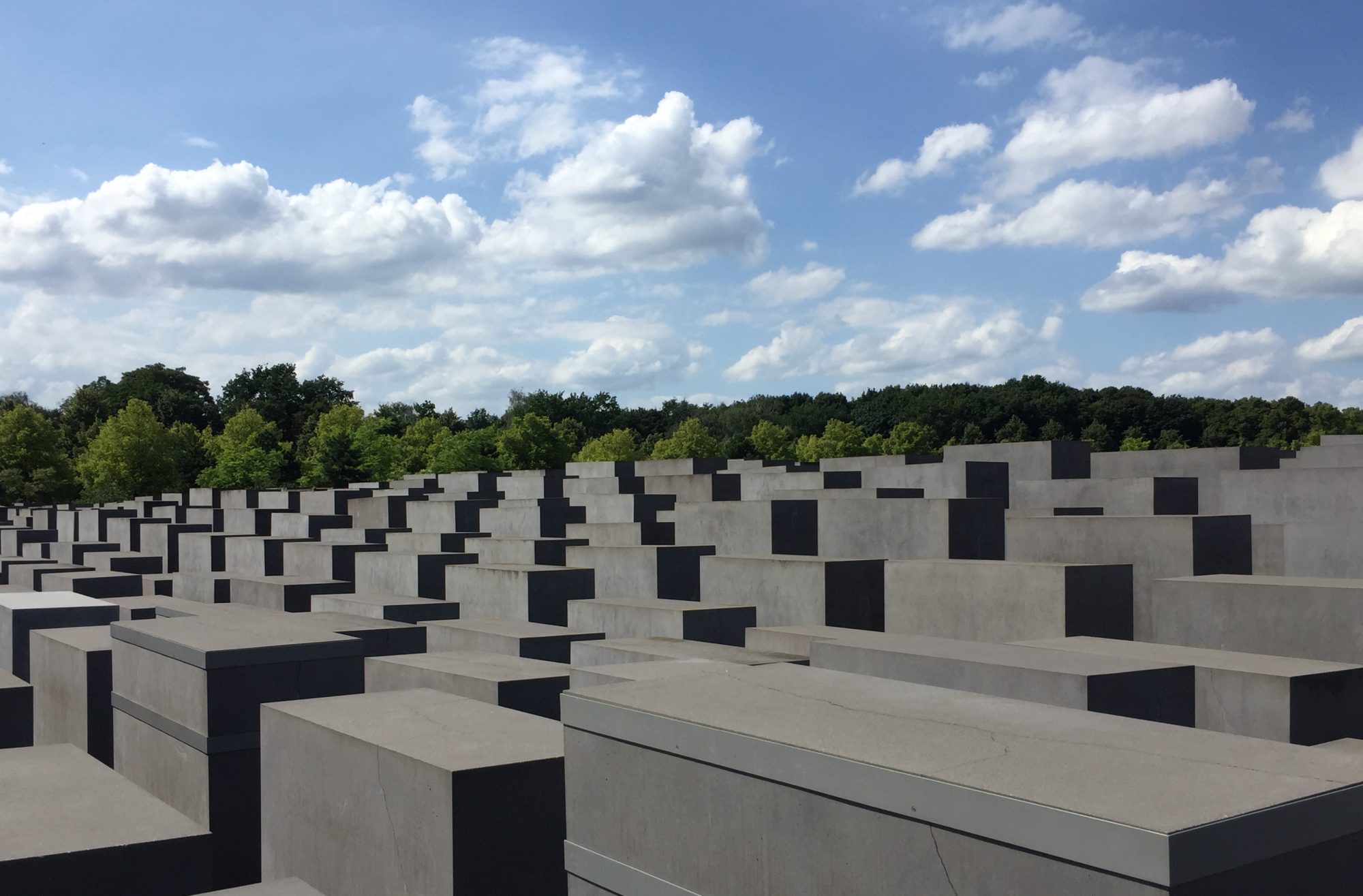Formalist: How things look and are put together (framing, composition, etc.).
Sociocultural: What they mean in a broader sense (culture, society, etc.).
The Icon: Any image used to represent an idea, person, place, or thing.
Amplification through Simplification: Simplifying images can lead to broader association and stay more universal.
The Realm of the Concept: How the world within us is portrayed.
The Realm of the senses: Realism, sensory stimuli, how the world outside of us is portrayed.
Closure: Observing the parts, but perceiving the whole.
The Gutter: The space between the panels of a comic or graphic novel; where two separate images are transformed into a single idea. It can connect or separate space and time.
Mono-sensory Medium: Information in comics can only be conveyed visually.
Zip Ribbon: The motion lines in comics.
Synaesthetics: Utilizing different art to unite all of the senses.
The Word Balloon: The contours of a word balloon can depict tone of voice or even volume.
The “Visual”: Resemblance, color, light, etc.
The “Invisible”: Sound, smell, etc.
Word Specific: Pictures illustrate, but do not add to the text.
Picture Specific: Words add a soundtrack to a visual sequence.
Duo Specific: Words and pictures do the same job.
Additive Combo: One or the other adds to, or elaborates on each other.
Parallel Combo: Both images and words follow different directions without ever intersecting.
Montage: Words are integral parts of the picture.
Interdependent: both words and images convey an idea.
The Six Steps:
-Idea/ Purpose: The content, the reason for doing something.
-From: What holds the content.
-Idiom: Style, gesture, genre, subject matter.
-Structure: How the separate parts are brought together.
-Craft: Doing the job utilizing skills.
-Surface: The finish, the production value.

